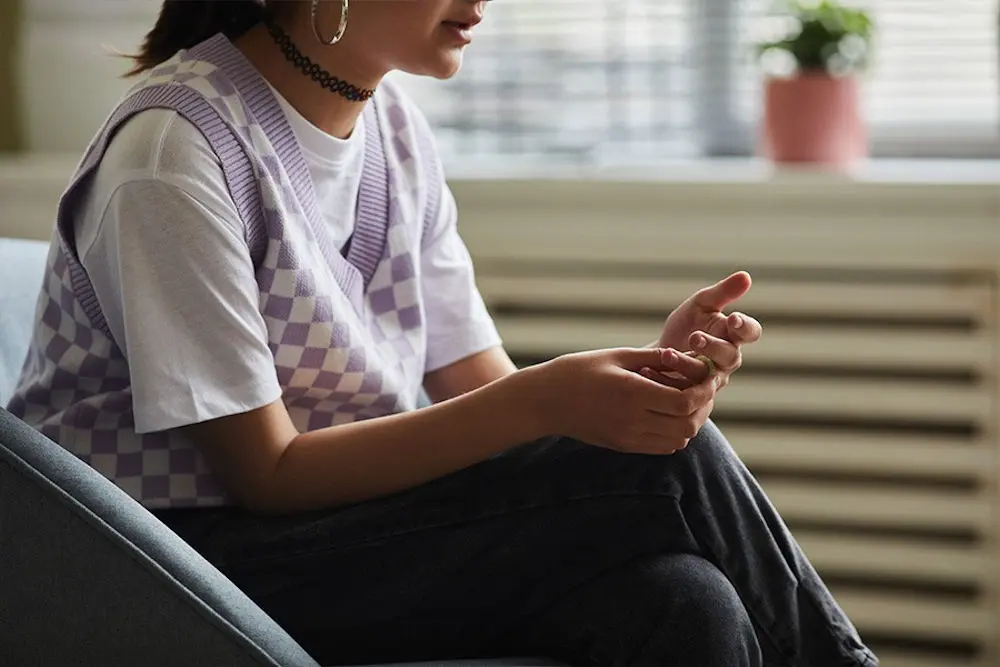A parent watching their teen struggle can be one of the more challenging and stressful parts of parenthood. It’s a helpless feeling that far too many parents experience. Just as daunting a task can be finding not just treatment for the teen, but the right kind of treatment. Between acronyms, levels of care, and different therapeutic models, parents are often left trying to figure out which option to choose.
A prime example of this is IOP vs. PHP.
Understanding what each type of care is, what to expect, and how to decide between them is the first step in getting your teen the mental health treatment they need. Keep reading to learn more about both IOP and PHP, including the key differences between the two modalities and how you can better decide which one is best for your teen.
What Is a Partial Hospitalization Program (PHP) for Teens?
Let’s start by taking a look at what each program is and what it entails.
A Partial Hospitalization Program (PHP) is one of the highest levels of outpatient care available to teens who are experiencing significant mental health symptoms but do not require 24-hour supervision in a residential or inpatient facility.
Think of partial hospitalization as a “day program”. Your teen spends the majority of each day in structured treatment, including various therapy sessions, and then returns home in the evening. They may spend upwards of 5 to 6 hours a day in treatment for as many as 5 days a week, depending on their recommended treatment plan, making it an ideal option for teens who need intensive therapeutic support, but whose symptoms are manageable outside of a hospital or inpatient setting.
A typical Partial Hospitalization Program may include the following:
- Daily therapeutic groups
- Weekly individual therapy
- Psychiatric evaluation and medication management (if needed)
- Family therapy and parent involvement
- Educational support
- Crisis intervention
What Is an Intensive Outpatient Program (IOP) for Teens?

An Intensive Outpatient Program (IOP), on the other hand, offers a lower level of care compared to a PHP. IOPs are designed for teens who need more than the one or two therapy sessions a week that come with traditional therapy, but can still function well in their home and school environments.
Unlike PHP, intensive outpatient treatment typically involves 3 to 4 hours of programming per day, 3 to 5 days a week, once again depending on their recommended treatment plan. This means that, unlike a partial hospitalization program, teens in an IOP can still attend school and go about their lives in a fairly normal way while getting treatment.
A typical IOP may include the following:
- Therapy groups
- Weekly individual therapy
- Psychiatric services (if needed)
- Family involvement
- Academic coordination
Key Differences Between PHP and IOP
So, should you choose IOP vs. PHP for your teen? While both programs provide valuable mental health support for adolescents, there are several important distinctions between the two levels of care.
Let’s take a look at some of the biggest key differences:
Time Commitment
One of the more significant differences between PHP and IOP is the number of hours and days each program requires. As we mentioned above, a partial hospitalization program is more intensive, often requiring 5-6 hours of care per day, 5 days a week. IOPs typically require 2-4 hours worth of care per day, 3 to 5 days a week, giving teens more time for school, family, and other responsibilities outside of treatment.
Intensity of Care
Partial hospitalization provides a much higher level of clinical oversight and support compared to intensive outpatient treatment. Teens in PHP often require more frequent therapy sessions, closer psychiatric monitoring, and structured therapeutic programming throughout the day. While IOPs still offer comprehensive support, the focus is shifted slightly more towards helping teens apply learned skills in real-life situations with greater independence.
Severity of Symptoms
Ultimately, the severity of your teen’s symptoms will likely be the determining factor in determining which level of care is appropriate. PHP is ideal for teens experiencing moderate to severe emotional or behavioral challenges that impair their ability to function safely or effectively at home or school. IOP is better suited for adolescents with mild to moderate symptoms who are stable enough to still go about their daily lives but could benefit from part-time support.
Educational Support
Many PHP programs offer more extensive academic services, such as on-site educational support or structured school hours within the daily schedule. This helps teens stay on track academically while focusing on their mental health. While IOPs may coordinate with schools and allow time for homework, they generally place more responsibility on teens to manage their academic workload independently.
Supervision and Structure
Teens in PHP benefit from a highly structured environment with continuous clinical oversight during program hours. This level of supervision can be especially important for adolescents who are at higher risk for self-harm, suicidal thoughts, or impulsive behavior. IOP, on the other hand, offers more flexibility and autonomy, making it a better fit for teens who are ready to begin managing more of their day-to-day life while still receiving therapeutic support.
Family Involvement
Both PHP and IOP involve the family in the healing process. However, PHP typically includes more frequent and intensive family therapy sessions. This is especially helpful when family dynamics are a contributing factor to a teen’s struggles. While IOPs still emphasize parent involvement, the structure allows for more independence and transition toward self-reliance.
Overall Goals
The overarching goal of PHP is stabilization, helping teens regain control of their mental health symptoms and establish a foundation for long-term wellness. IOP, on the other hand, focuses on maintenance and reintegration, supporting teens as they begin to return to school, family life, and social environments with confidence and healthy coping strategies.
How to Know Which One Is Right for Your Teen

As we mentioned, choosing the right treatment program can be stressful and nerve-wracking. While consulting with your teen’s primary doctor, as well as a treatment professional, is highly recommended, here are some other things to consider when it comes to making your decision:
What is the Severity of their Symptoms?
Partial hospitalization is best suited for those with significant emotional dysregulation, self-harming behaviors, or safety concerns that, while significant, do not rise to the level of hospitalization. Intensive outpatient treatment is more appropriate for teens with less acute symptoms, such as anxiety, depression, or social struggles that interfere with daily functioning.
How Are They Functioning at Home and School?
If your teen is unable to attend school or struggles to function at home due to their symptoms, PHP may offer the structured environment they need to stabilize. If your teen is attending school but struggling emotionally, an IOP may be sufficient to provide the added support they need to stay on track.
Do They Have A Strong Support System?
Teens with limited support at home or whose family dynamics are contributing to emotional distress may benefit more from PHP, where parent and family involvement is more intensive. Teens with strong family support systems may thrive in an IOP, particularly if parents are actively involved in their healing journey.
Are They A Risk To Themselves or Others?
If your teen has a recent history of suicidal ideation, self-harm, or impulsive behavior, PHP offers more structure and supervision during the day. For teens who are not actively at risk but need emotional support, IOP is a safer and more flexible fit.
Transitioning Between Levels of Care
In some instances, a teen may require both levels of care as part of a larger continuum of care treatment program. In those instances, it is not uncommon for the teen to move between the two levels of care as their needs change.
For example, a teen who starts in a PHP may step down to an IOP once they:
- Have demonstrated symptom stabilization
- Are ready to re-engage with school and other activities
- Show progress in therapy and coping skills
On the flip side, a teen who is in an intensive outpatient program may move up to a partial hospitalization program if:
- Their symptoms either worsen or do not improve
- Their risk factors increase, such as self-harm or suicidal ideation
- They struggle to maintain daily routines even with IOP support
Final Thoughts: IOP vs PHP at Massachusetts Center For Adolescent Wellness

At the Massachusetts Center for Adolescent Wellness, we specialize in helping teens and families navigate the full range of outpatient mental health care, including both IOP and PHP programs. We also understand how confusing and overwhelming the decision between IOP vs. PHP can be, especially when emotions are high and your teen is struggling. That’s why we offer an initial assessment in order to best determine which treatment program will be the most effective for your teen.
For more information about our treatment programs or to get your teen started on their treatment journey, contact us today.






